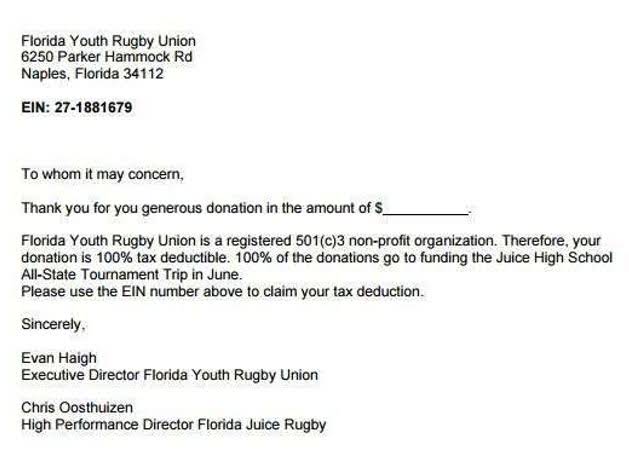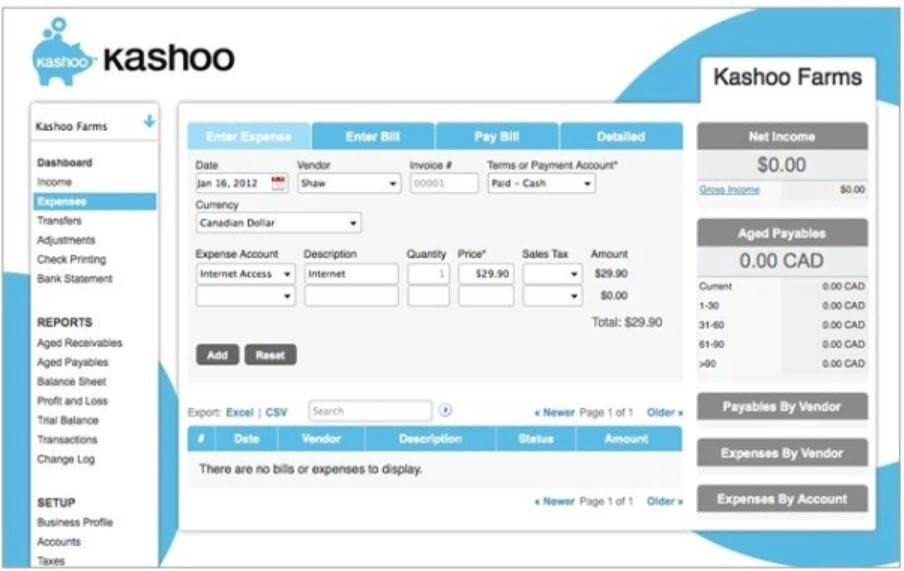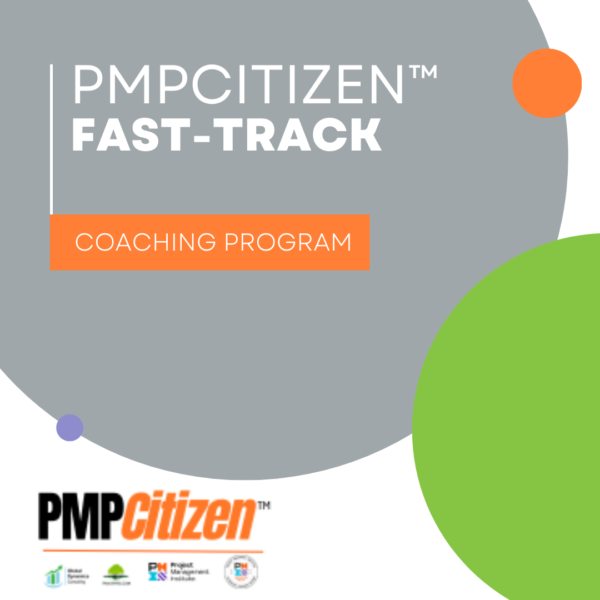
Although an audit can be overwhelming, with the correct strategies and methods, it can be a smooth and trouble-free process. This guide walks you through every aspect of audit preparation, from gathering documentation to implementing internal controls, ensuring your business is ready for a successful audit. Once your company’s documents and processes are submitted to your internal auditors, interviews for every department head and random members of every department come next. The internal audit is a critical step in preparing your company for the ISO certification process. We conduct internal audits to ensure compliance with our standards as a commitment to continuously improving our system while preparing the company for the external audit. Treating the internal audit with the same seriousness as the external audit ensures a smoother process and reduces the risk of non-compliance QuickBooks when the ISO auditors arrive.

Navigating the Audit Process

It’s about stepping back to assess your habits, priorities, and goals to make sure they align with the life you truly want across all areas, including relationships, health, finances, career, and personal growth. A pre-audit review helps in mitigating risks and ensuring that all potential issues are addressed before the formal audit. This is obviously resource-intensive and may not be required in most cases – particularly if you’re audited regularly. But if your external audit report is truly crucial, the best way to prepare is with a dress rehearsal. Vanta also offers a diverse partner network you can how to prepare for an audit tap into to find reputable auditors and compliance professionals. The platform provides numerous other tailored solutions, such as a GRC suite and a public-facing Trust Center, to support virtually every aspect of your security and compliance program.
The Role of the ISO in Your Audit Preparation
Whether you are an auditor, or you own a company and want to prepare for an audit, you can use a checklist to get ready. With membership to the American Institute of Certified Public Accountants (AICPA), you’ll receive auditing checklists for everything from basic auditing to assessment of the risk of fraud. The United States Government Accountability Office (US GAO) also puts out checklists for federal auditing.
The Difference Between Internal and External Audits
Having the right people and talent in place to perform the necessary audit activities is critical to your program’s success, and pulling in additional resources during an audit can be challenging. By lining up your SMEs ahead of time, you can smooth out your audit workflow and reduce friction. Spendesk provides payment methods for modern businesses, and a powerful platform for finance teams to manage spending. This is sent directly to their manager for validation, and on to the finance team.For finance teamsEach employee has their own Spendesk profile and debit expense card. So unlike the company credit card, you always know who’s spending company bookkeeping for cleaning business money.The platform lets controllers create spending limits and pre-approvals. C-Level executives or managers will have a different level of pre-approved spend from other staff.
- By setting a timetable for audits, organizations can plan for the necessary resources and ensure that audits cover all relevant processes.
- An audit is a thorough review of your financial records and business transactions.
- Breaking down the preparation process into smaller steps, each with its deadline, ensures that everything is noticed.
- Most people are audited because their tax return is flagged by the IRS computer program.
- Technology provides various resources that can streamline and improve the audit preparation process.

This phase is essential for ensuring readiness for the external ISO audit and demonstrating a commitment to continuous improvement. Employees who work under different managers and departments now become the frontlines of the process. With the resources and information made available to them, it becomes their responsibility to utilize it – understanding and adhering to company standards and ensuring their daily work complies with the standards. During the audit proper, they must be able to demonstrate the knowledge of these processes to show auditors that they are in compliance. Audit checklists are useful tools for auditors to ensure they cover all relevant areas during the audit.
- This is especially true for more comprehensive audits—like continuous compliance audits—that require evidence collected over a longer time frame.
- Findings from internal audits can be addressed quickly; observations can give management greater insight into the business, people, technology, and processes.
- Knowing what steps to take will help you stay calm and keep track of everything you need.
- Most companies will have their finance team and especially accountants lead the audit process.
- Customising your audit approach to match the unique demands of each audit type guarantees a practical and targeted examination.

In some cases, an audit can even result in a refund if the IRS determines you overpaid. OneMoneyWay is your passport to seamless global payments, secure transfers, and limitless opportunities for your businesses success. For personalized financial solutions and expert guidance, consider collaborating with MAH Chartered Accountants, who are committed to supporting your business’s success. When teams have clarity into the work getting done, there’s no telling how much more they can accomplish in the same amount of time.
- Many software tools can automate critical parts of the audit preparation process.
- External experts offer an impartial viewpoint, aiding in recognising internal risks that may be overlooked.
- If the CRA or IRS notices discrepancies in reported income or expenses, they may ask for supporting documentation, which you’ll need to have on hand.
- Whether you are an auditor, or you own a company and want to prepare for an audit, you can use a checklist to get ready.
- Being well-prepared for auditor inquiries demonstrates your business’s commitment to transparency and readiness, making the audit process more straightforward and less stressful.
- The draft audit program should be shared and reviewed with the process leader.
This usually happens when information the IRS has on file such as wages reported by your employer doesn’t match what’s entered on your return. A well-trained team can significantly contribute to the efficiency of the audit process. Maintaining a well-organized filing system will help auditors easily access and review necessary documents.
 then 'Add to home screen'
then 'Add to home screen' then 'Add to home screen'
then 'Add to home screen'![Global Dynamics Consulting [GDC] | Tanzania's Preferred Project Management Training](https://gdc.co.tz/wp-content/uploads/2024/12/output-onlinepngtools-7.png)



No comment